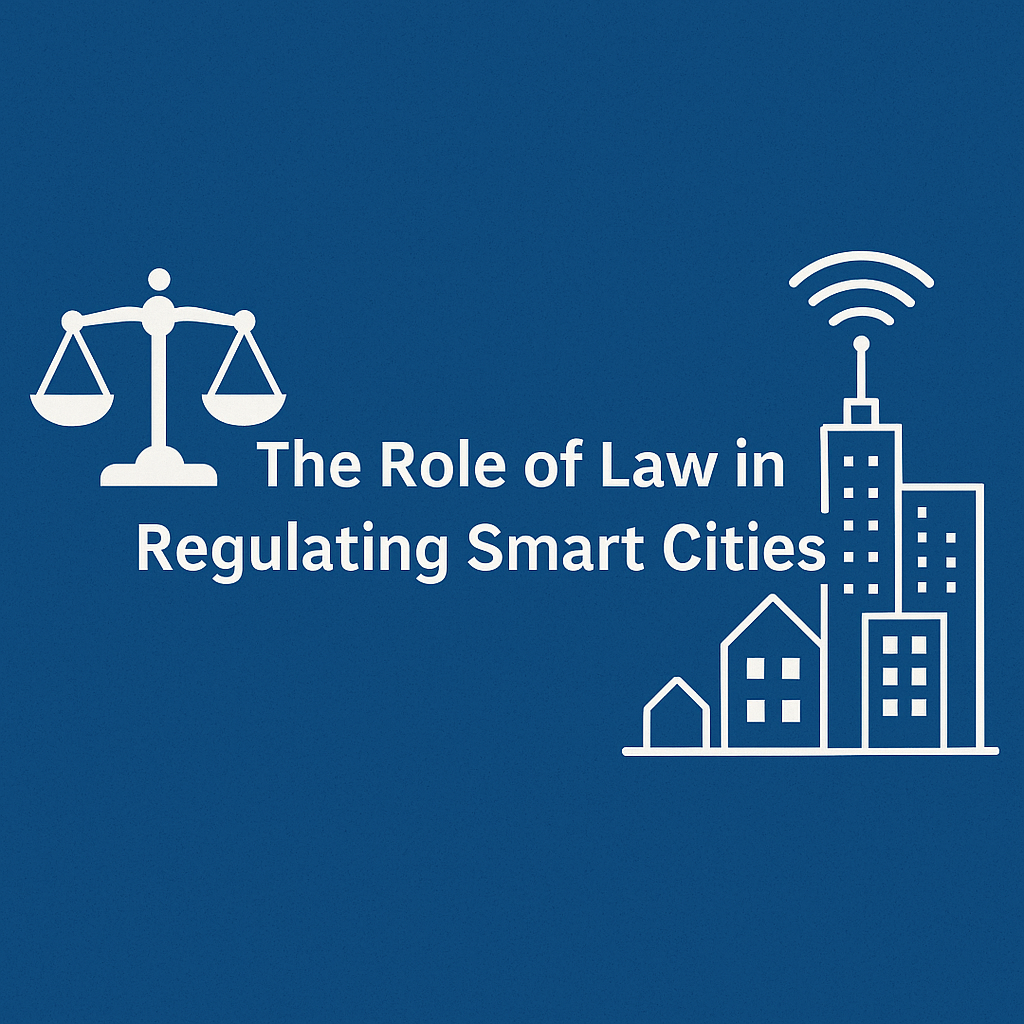The world faces a refugee crisis with 43 million people worldwide living as refugees. Afghanistan and Syria account for 12.8 million of these displaced individuals. These stark numbers show why refugee rights matter so much today, particularly since 75% of refugees find sanctuary in low- or middle-income countries.
Strong international refugee law frameworks protect these displaced populations. The cornerstone of these protections includes the 1951 Convention and its 1967 Protocol. The Universal Declaration of Human Rights and later treaties guarantee refugees’ basic rights – from freedom of movement to education and healthcare access. The 2016 New York Declaration stands as a renewed commitment to refugee protection, with all 193 UN Member States signing this crucial document.
This piece dives into the legal safeguards that protect refugees. We’ll get into the rise of international refugee law and tackle the new challenges in refugee protection. The discussion also covers how these frameworks adapt to serve displaced populations’ needs in 2025.
Evolution of International Refugee Law Framework
Modern refugee protection took shape after World War II. The international community created the 1951 Convention Relating to the Status of Refugees. The original treaty had limited scope and protected European refugees displaced by events before January 1, 1951. This Convention became active on April 22, 1954. It defined refugee status and established basic rights. Notwithstanding that, new refugee crises beyond Europe showed these geographic and time limitations didn’t work well.
A key change came in 1967 with the Protocol Relating to the Status of Refugees. This protocol removed these restrictions and made refugee protection universal. The amendment expanded the Convention worldwide. It acknowledged that displacement had become a global issue needing international cooperation.
Refugee law continued to grow through regional agreements. The 1969 Organization of African Unity Convention expanded the refugee definition to handle Africa-specific situations. The United States adopted these principles through the Refugee Act of 1980. This created an American refugee definition based on international standards.
In the last few decades, displacement has grown at an unprecedented rate:
- The global refugee population has more than tripled in the last decade
- By 2023, the total reached 43.4 million refugees worldwide
- Afghanistan and Syria each account for 6.4 million refugees – together representing one-third of all refugees under UNHCR’s mandate
The New York Declaration of 2016 showed a steadfast dedication to refugee protection. It recognized that existing frameworks don’t deal very well with modern challenges like climate change. The Global Compact on Refugees later addressed these gaps. It promoted multi-stakeholder approaches while confirming the lasting importance of the 1951 Convention.
The most important protection gaps still exist. All but one of these refugees live in low and middle-income countries. This shows the ongoing inequities in sharing international responsibilities.
Core Legal Protections for Refugees in 2025
The principle of non-refoulement is the life-blood of refugee protection in 2025. States cannot return people to places where their lives or freedoms face threats. This basic principle applies to all refugees and asylum-seekers equally, whatever their formal status determination. The protection goes beyond just direct removal – it stops any hidden or indirect measures that might force someone back into dangerous situations.
Refugees need jobs to rebuild their lives with dignity. 75% of refugees can legally work to some degree, but 62% still live in countries that limit formal employment. Many refugees turn to starting their own businesses, especially in countries like South Africa, Brazil, and Morocco where unemployment runs high.
One in three refugees can’t move around freely, which is a basic right they should have. These limits make it much harder to find work and get important services like healthcare. The right to education exists on paper, but refugees face big hurdles. They struggle with limited access, language barriers, high costs, and getting their old qualifications accepted.
Money matters remain tough for refugees. 56% live in countries where banks won’t accept UNHCR or government-issued ID to open accounts. The good news is that several African nations now let refugees use their national ID systems. Countries like Chad, Ethiopia, Kenya, Rwanda, and Zambia have created detailed legal frameworks and digital ID programs. These programs help refugees access financial and social services.
Protecting refugee data has become crucial. UNHCR’s data protection system keeps refugees’ personal information safe while recognizing how digital tech can help connect them with vital services and good information. Biometric ID systems could include more people, but they raise real concerns about privacy, informed consent, and keeping data secure.
Emerging Legal Challenges in Refugee Protection
Refugee protection will face unprecedented legal challenges by 2025 that expand existing frameworks. Climate-induced displacement leads these challenges, and scientists project that climate change and natural disasters could displace 1.2 billion people by 2050. This staggering figure highlights a crucial gap – people displaced by climate events don’t have formal recognition under international law. The 1951 Convention defines refugees based on persecution alone.
Climate change acts as a “risk multiplier” and worsens this protection gap by intensifying conflict, persecution, and human rights violations. Most refugees live in climate-vulnerable areas where they face floods, drought, and heatwaves. The world lacks a binding international framework to protect those we displaced by environmental factors.
Statelessness presents another critical challenge that affects about 10 million people globally. People without a state face severe restrictions on their rights to education, healthcare, employment, and freedom of movement. Race, ethnicity, religion, language, or gender discrimination are the foundations of statelessness. Gender discrimination in nationality laws remains especially problematic in 25 countries.
National security interests clash with refugee protection obligations and complicate legal frameworks. Countries now implement extraterritorial measures to control migration flows from origin through transit countries. These policies penalize asylum-seekers who enter irregularly, even though Article 31 of the Refugee Convention explicitly prohibits such punishment.
UNHCR promotes expanding protection through adaptable interpretations of existing legal frameworks to address these challenges. To name just one example, see how climate change increases risks of persecution or conflict – the criteria for refugee status under the 1951 Convention may apply. Complementary forms of protection under international human rights law, based on non-refoulement, offer potential solutions to address these emerging protection gaps.
Conclusion
The year 2025 marks a turning point for refugee rights worldwide. The 1951 Convention’s legal frameworks remain the foundation of refugee protections. Yet modern challenges require new solutions. Climate change could force 1.2 billion people from their homes by 2050. Current systems don’t deal very well with statelessness that affects 10 million people globally.
Refugee protection has made great strides in some areas. African nations have shown how digital ID programs can boost financial inclusion. All the same, major gaps still exist. This becomes clear when you look at job markets, where 62% of refugees can’t access formal employment opportunities.
Countries need to work together to tackle these challenges head-on. Refugee protection isn’t a burden – it’s everyone’s responsibility. Chad, Ethiopia, and Rwanda lead by example. These countries prove that detailed legal frameworks help refugees blend into national systems smoothly.
The future of refugee law must expand beyond traditional persecution definitions. We need new legal tools to handle climate-driven displacement. Current protections need stronger and more consistent implementation. The non-refoulement principle requires steadfast dedication from every nation. This ensures no refugee returns to face life-threatening situations in their homeland.








2 Comments
Possimus culpa facere ut. Nihil voluptas non deserunt fugiat. Aut et temporibus alias ea. fugiat voluptatibus quasi non. Saepe exercitationem non Quo molestias non mollitia nemo Itaque eaque dolorem vel eveniet. Qui nihil repellendus consequatur dolore accusamus quis aut. eligendi voluptate voluptatum nostrum repellat. Omnis consequuntur rerum eos est. Animi eum odio vel enim eum Quis earum eos aut voluptas omnis.
Sequi sit autem molestiae necessitatibus. Perferendis quia iste aperiam nihil voluptate sint. Commodi eos odio ipsam expedita voluptate delectus aspernatur. Autem recusandae blanditiis rem molestiae cumque. Accusantium ipsam non et voluptatem tempore quis exercitationem veniam. Praesentium quo saepe ab et. Eum voluptate non labore cum temporibus assumenda.